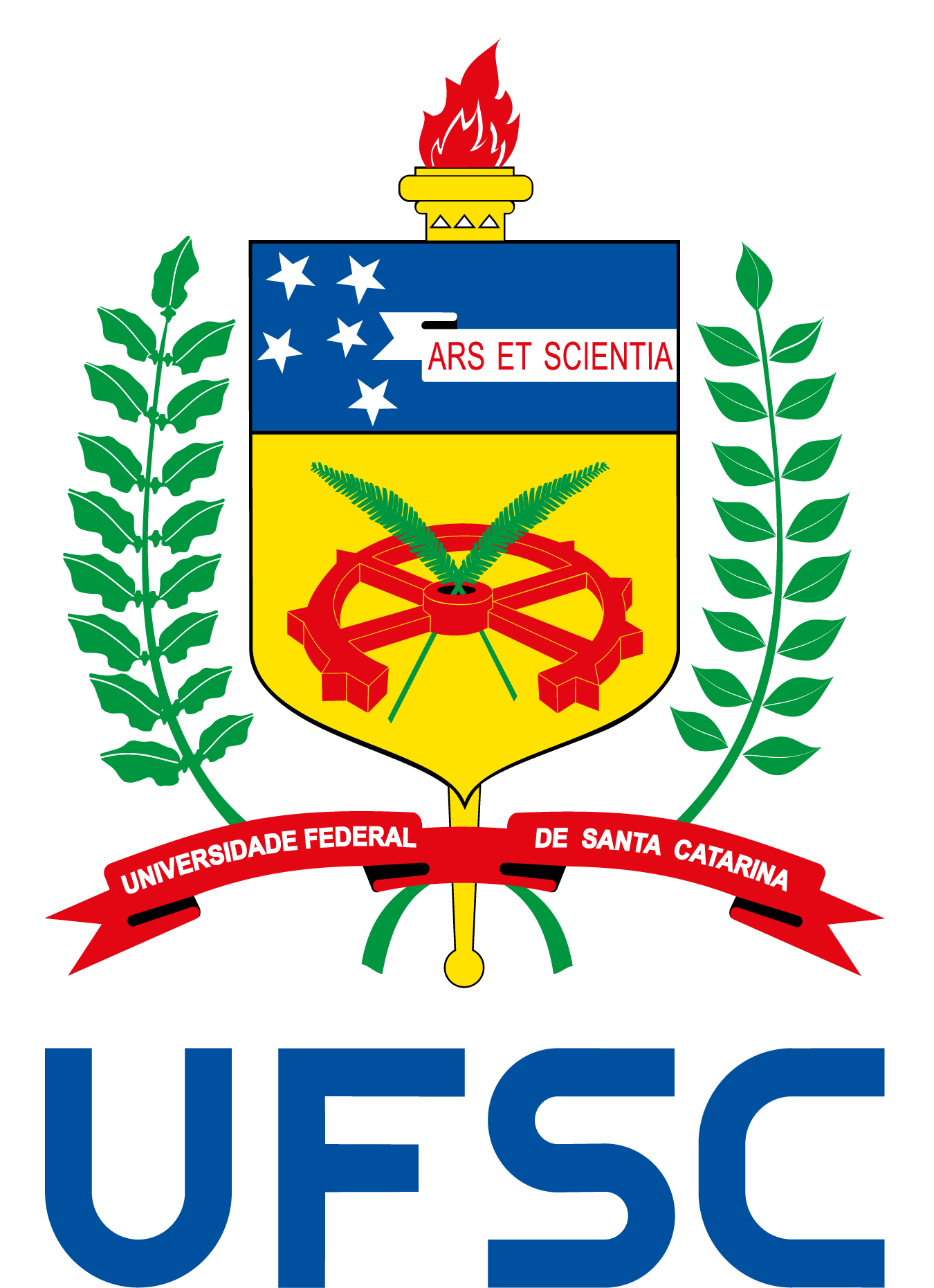In heavy-ion collisions, momentum-dependent pair correlations can be characterized by a principal component analysis (PCA), in which subleading modes are expected to reveal new information on flow fluctuations. However, we find that, as currently measured, these modes can be dominated by multiplicity fluctuations, which serve as an unwanted background. Here, we propose new PCA observables that are robust against multiplicity fluctuations and isolate novel sources of flow fluctuations, thus being suited to provide fresh insight into the initial stages of the system at small length scales.
Artigo completo: Phys. Rev. C 101, 034903 (2020) – Measuring momentum-dependent flow fluctuations in heavy-ion collisions
In this work, we present a bag-type model within a nonextensive statistics applied to the description of the properties of a hadronic system with an underlying fractal structure. The nonextensive ideal gas inside the bag is determined by the grand canonical partition function from which pressure, energy, and particle density, as well as temperature and chemical potential are obtained for the hadronic system. These quantities are studied in the approximation of fixed mass for all bag constituents but also for discrete and continuum masses. In all cases, the freeze-out line, corresponding to the energy per particle equal to 1 GeV, and the lines corresponding to a fractal structure inside the proton volume are obtained. Finally, the pressure on the bag surface of the proton is calculated and the resulting value (0.135 GeV)4 is obtained.
Artigo Completo: Phys. Rev. D 101, 054022 (2020) – Bag-type model with fractal structure
Recently, a comprehensive Bayesian analysis was performed to simultaneously extract the values of a number of hydrodynamic parameters necessary for compatibility with a limited set of experimental data from the LHC. In this work, this best-fit model is tested against newly measured experimental flow results not included in the original work, namely the principal components of the two-particle correlation matrix in transverse momentum. The results from simulations show a good numerical agreement with data obtained by the CMS Collaboration.
Fonte: Proceedings | Free Full-Text | Testing a Best-Fit Hydrodynamical Model Using PCA
Bem vindo à página do Prof. Tiago Nunes.






